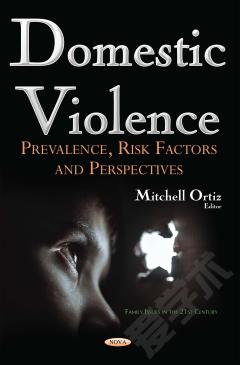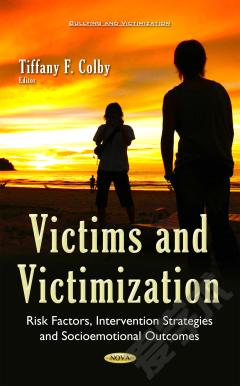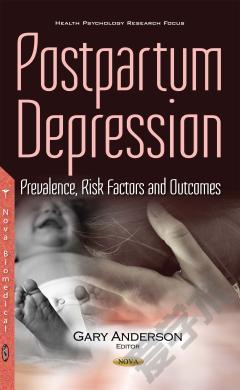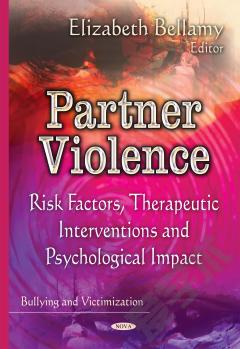Domestic Violence: Prevalence, Risk Factors and Perspectives
The concept of domestic violence refers to acts of violence and abuse of one family member over another. Family violence is an issue of major concern for psychologists and families, community and social decision-makers. It is a dramatic phenomenon, which generates pain, trauma, physical and psychological scars. This book provides an overview of the prevalence, risk factors and several perspectives of domestic violence. Chapter One is about attachment as a vulnerability factor of victimization in the context of intimate partner violence. Chapter Two analyzes animal cruelty and intimate partner violence. Chapter Three focuses on violence against women and child maltreatment. Chapter Four emphasizes the victimization experience (direct and indirect) of children in the family context. Chapter Five presents data of the Children’s Exposure to Domestic Violence Scale (CEDVS) applied in Brazil. Chapter Six discusses the phenomenon of domestic violence between same-sex intimate partners. Chapter Seven studies domestic violence arising from a concept of honor and referred to as honor based violence. Chapter Eight presents current literature on the effectiveness of domestic violence interventions targeting adult perpetrators and adult and child victims. Chapter Nine provides the latest results of the research on facilitating successful treatment processes in perpetrator programs. Chapter Ten examines the Domestic Violence (Prevention and Protection) Act 2010 in Bangladesh. Chapter Eleven aims to determine whether there is an association between domestic violence and suicide risk in female victims of domestic violence attending the Multidisciplinary Center for Comprehensive Care of Violence. The last chapter sets out to show that gender based violence is no longer restricted to “women by men."
{{comment.content}}








 京公网安备 11010802027623号
京公网安备 11010802027623号